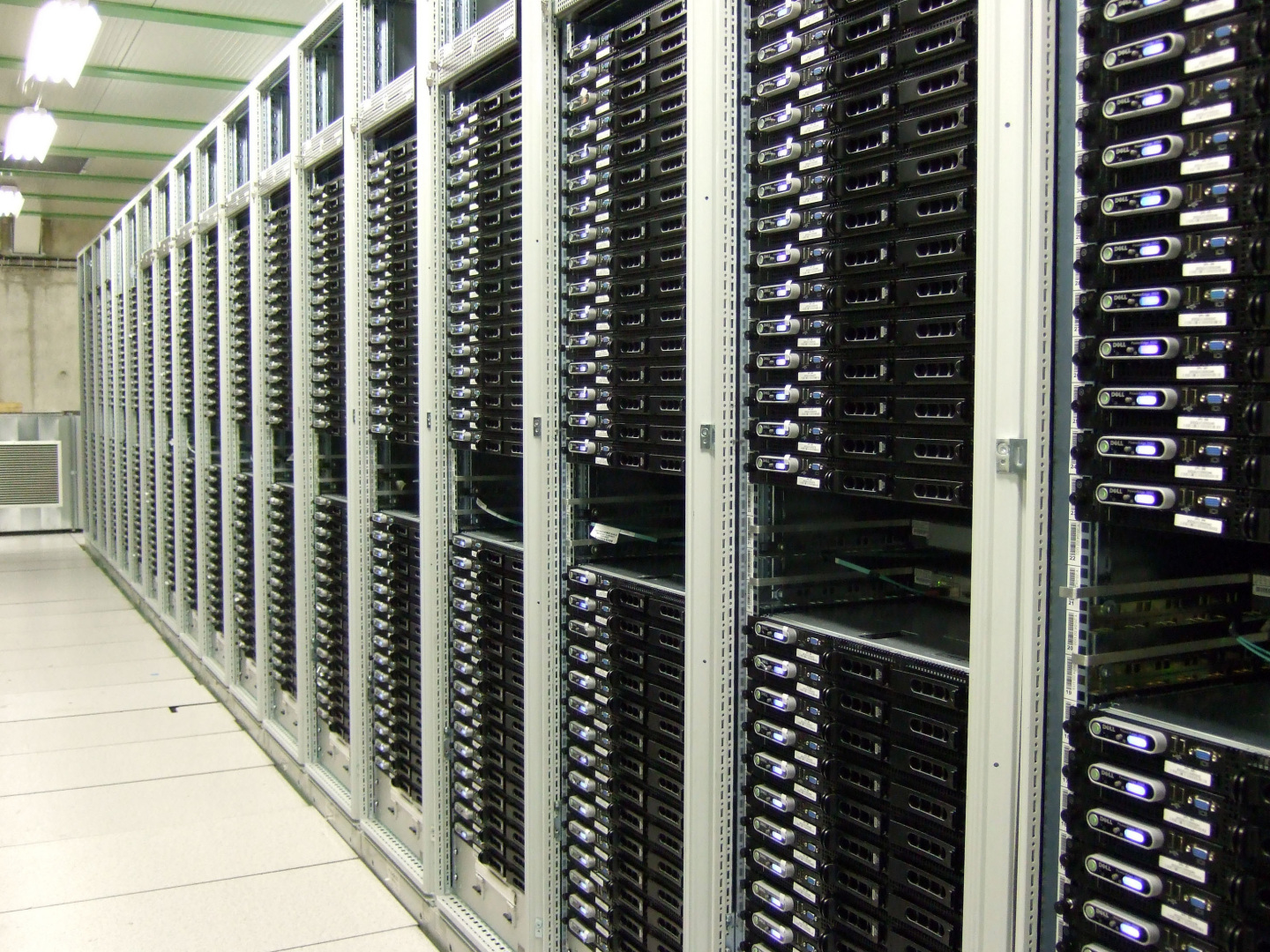Trigger and Data Acquisition
- Discover
- Detector
- Trigger and Data Acquisition System
Selects events with distinguishing characteristics that make them interesting for physics analyses.
ATLAS is designed to observe up to 1.7 billion proton-proton collisions per second, with a combined data volume of more than 60 million megabytes per second. However, only some of these events will contain interesting characteristics that might lead to new discoveries. To reduce the flow of data to manageable levels, ATLAS uses a specialised two-level online event selection system.

The data acquisition system channels the data from the detectors to storage
The ATLAS trigger system carries out the selection process in two stages.
 The Level-1 hardware trigger, constructed with custom-made electronics, works on a subset of information from the calorimeter and muon detectors. The decision to keep the data from an event is made less than two-and-half microseconds after the event occurs, and the event is then retrieved from pipelined storage buffers. The Level-1 trigger can save at most 100,000 events each second for the High-Level Trigger (HLT).
The Level-1 hardware trigger, constructed with custom-made electronics, works on a subset of information from the calorimeter and muon detectors. The decision to keep the data from an event is made less than two-and-half microseconds after the event occurs, and the event is then retrieved from pipelined storage buffers. The Level-1 trigger can save at most 100,000 events each second for the High-Level Trigger (HLT).
 The HLT is a large farm of CPUs - i.e. a software based trigger - which refines the analysis of the hardware-based Level-1 trigger. It conducts a very detailed analysis either by performing overall examination of the whole event for selected layers of the detector (for example calorimeters, trackers, muon detectors), or, by utilizing the data in smaller and isolated regions of the detector. About 1000 events per second are selected by the HLT analysis and are fully assembled into an event record. These events are passed on to a data storage system for offline analysis.
The HLT is a large farm of CPUs - i.e. a software based trigger - which refines the analysis of the hardware-based Level-1 trigger. It conducts a very detailed analysis either by performing overall examination of the whole event for selected layers of the detector (for example calorimeters, trackers, muon detectors), or, by utilizing the data in smaller and isolated regions of the detector. About 1000 events per second are selected by the HLT analysis and are fully assembled into an event record. These events are passed on to a data storage system for offline analysis.
